Deploying new Bare Metal ODA X7-2S or 2M, I have been curious how configure-firstnet would interact with the fiber and copper ethernet network interfaces. Reading documentation on the web, I could not clearly understand if it is mandatory to have the ODA connected to the LAN when performing an ODA reimage and/or running the configure-firstnet in additionnal of having ILOM connection. After digging deeper and few tests, I wanted to share my experience in this blog.
configure-firstnet
Running configure-firstnet might need a little attention as it can be run just one time. In the example below, I’m running the firstnet configuration with a VLAN.
network-script files
The network script files are stored in /etc/sysconfig/network-scripts.
Bounding is configured on btbond1 interface as :
- em2 as primary interface.
- active-backup mode : em3 is used as backup only and will be used if em2 is failling
BOUNDING_OPTS=”mode=active-backup miimon=100 primary=em2″
The only officially supported bounding option on the ODA is “active-backup”. Manually updating the ifcfg-btbond1 file with BOUNDING_OPTS=”mode=4 miimon=100 lacp_rate=1″ in order to implement LACP (Link Aggregation Control Protocol) would work if your switch is configured so, but is not supported. Recommendation would be to use ODA with “active-backup” mode only.
This can be seen in the ifcfg-btbond1 configuration file.
After running configure-firstnet, using a VLN, a new file ifcfg-btbond1.<vln_id> will be created. This file is having all the IP configuration (IP address, netmask, gateway). If no VLAN is used, the IP configuration will be added into the ifcfg-btbond1 configuration file.
If we look more closely to the network configuration file, we will see em2 and em3 been configured with btbond1 as master.
As we can see here there is, so far, no reference in the network configuration file as if you are using fiber or copper ethernet interface.
em2 and em3 interface : Fiber or copper?
em2 and em3 interfaces are automatically connected either on fiber or on copper ethernet according to the physical connection. Em2 and em3 interfaces would then either be using the 2 fiber ports (SFP28) or the 2 ethernet ports (NET1 – NET2).
In fact, as soon as a GBIC converter is plugged into the fiber channels and a reboot is performed, the em2 and em3 will be automatically link to the fiber adapter. And no need to have any fiber cabling.
No GBIC converter installed on the ODA
em2 and em3 interfaces would be seen as Twisted Pair.
GBIC converter
GBIC converter installed on the ODA
After a server reboot, em2 and em3 interfaces would be seen as Fiber.
Conclusion
Based on this short experience, we can see that the Fiber is detected as soon as a GBIC adapter is plugged into the SFP28 interfaces. The ifconfig network scripts are totally independent of this choice. Therefore, there is no need to have the ODA em2 and em3 network connections to reimage and run the configure-firstnet. These connections will be mandatory for the next step when we will create the appliance.
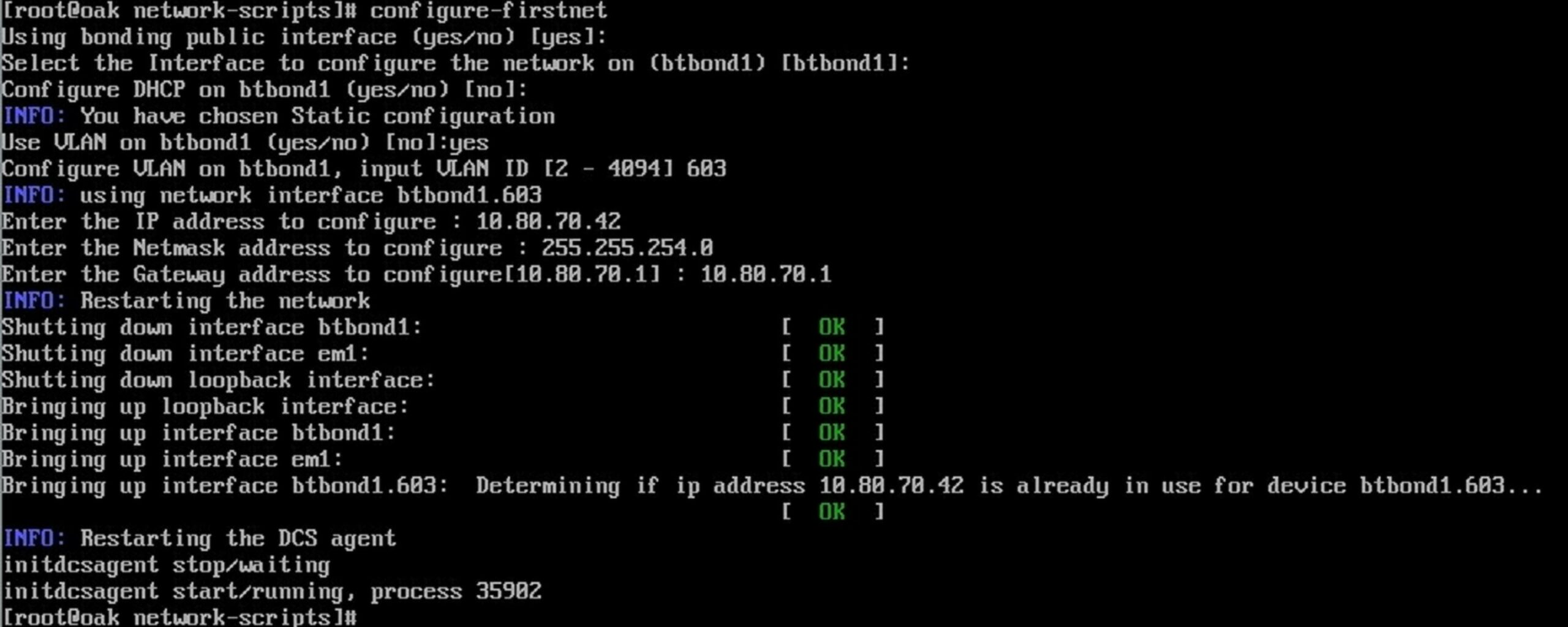
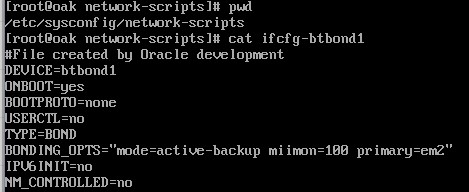
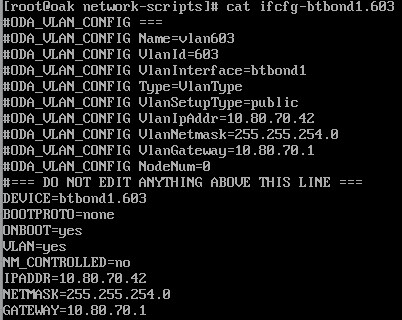
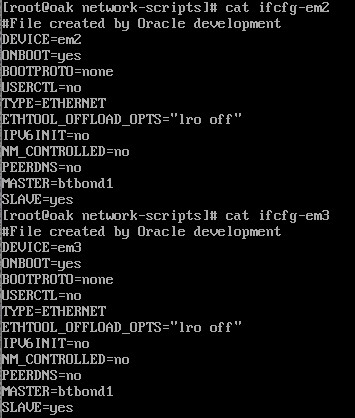
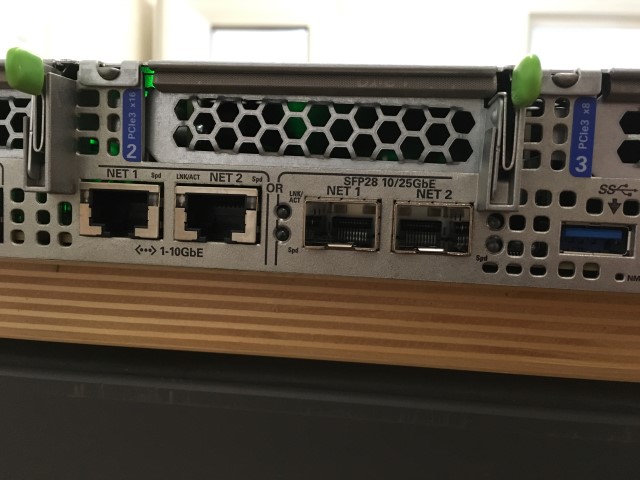
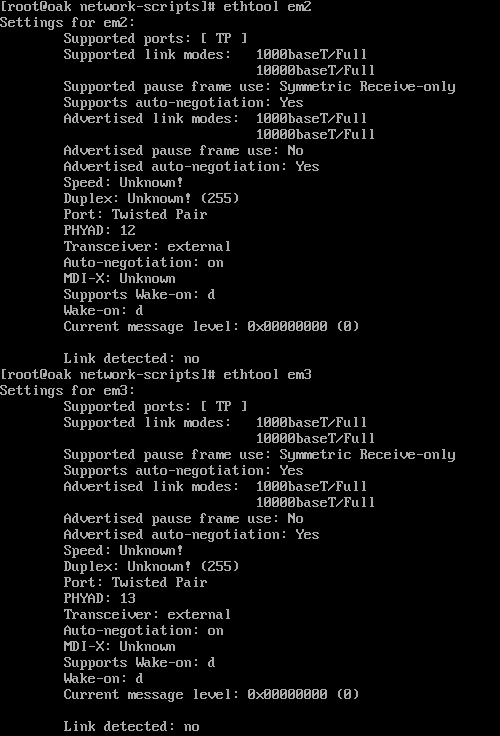
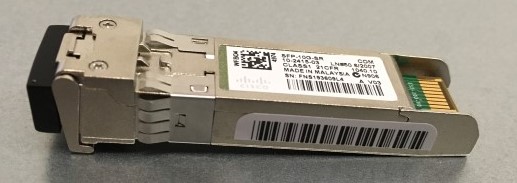
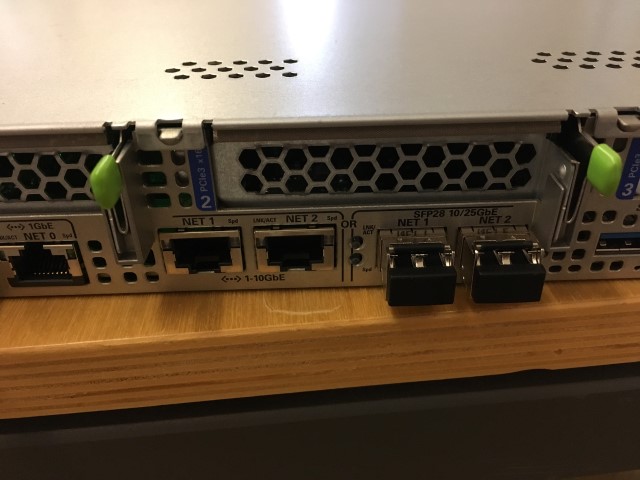
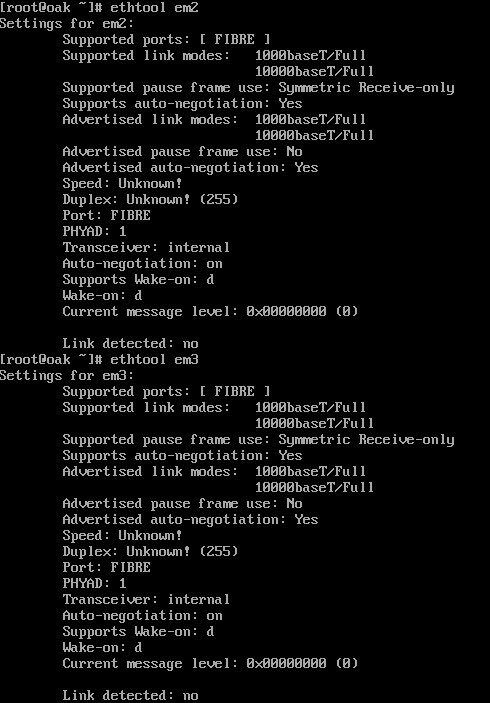
![Thumbnail [60x60]](https://www.dbi-services.com/blog/wp-content/uploads/2022/08/MAW_web-min-scaled.jpg)
![Thumbnail [90x90]](https://www.dbi-services.com/blog/wp-content/uploads/2022/10/STS_web-min-scaled.jpg)
![Thumbnail [90x90]](https://www.dbi-services.com/blog/wp-content/uploads/2022/08/STH_web-min-scaled.jpg)
![Thumbnail [90x90]](https://www.dbi-services.com/blog/wp-content/uploads/2022/09/SNA_web-min-scaled.jpg)